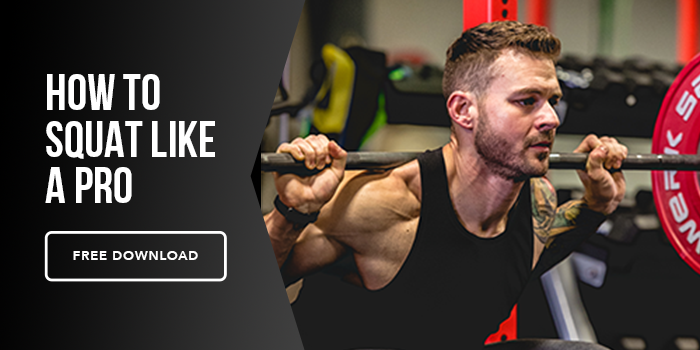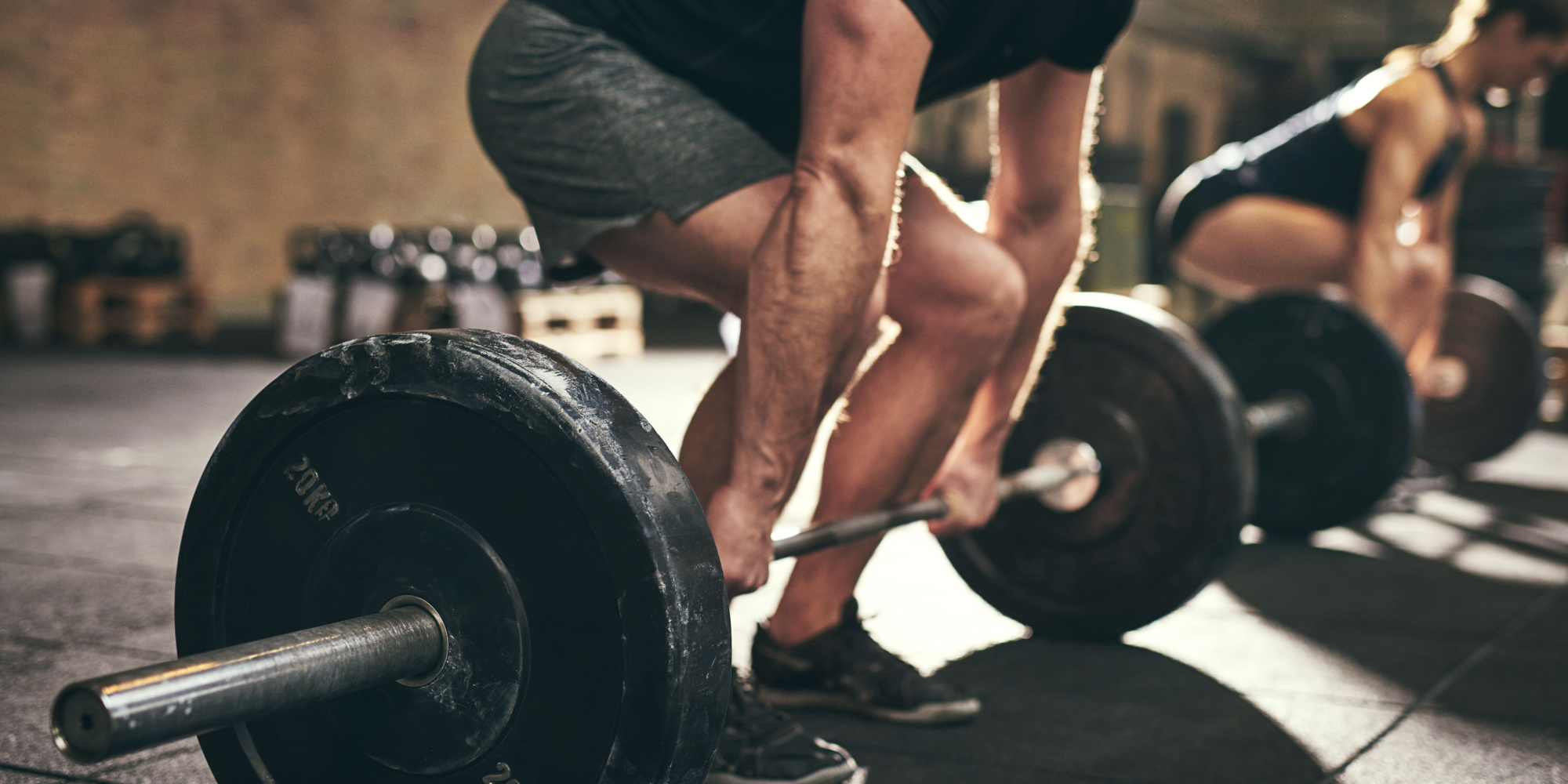By now, you have probably heard how beneficial it is to maintain a strength training routine. But if you’re new to lifting weights, it can seem a little daunting to get started.
Here are some things to consider before picking up a weight.
Don’t Overthink It
Thanks to social media, we are bombarded with—let's just say, creative—exercises we HAVE to include in our weight lifting routines. Most of the time, these people don’t know what they are talking about and are likely only showing off these movements for likes and follows. Exercises during your session don’t need to be out-of-the-box; they just need to be effective.
For a beginner, focusing on dumbbell or barbell squats will be much more appropriate than squats on a bosu ball with a medicine ball toss and a band around the knees. Each individual component of this crazy exercise can have a purpose based on who is doing it and whether it’s done correctly, but a beginner should instead be simplifying their exercises to create a strong foundation.
For some people, it can be difficult to program their workouts. Here is a break-down on how to start structuring your workouts, but just remember that usually the simplest exercises work the best–especially if you are new to lifting weights.
Warming Up Is Necessary
No one likes getting injured, and one of the best ways to prevent injury is to warm up properly.
I see some people in the gym resort to static stretches before a work-out, but studies show that static stretching can actually increase your risk of injury, and doesn’t make a positive impact on performance.
Dynamic stretches and warm-up exercises do a better job at preparing the body for handling strain during your workout. Hip circles, arm swings, and lunges with a twist are just a few examples or warm-up exercises, while cat-cow, downward dog to runner’s pose, and 90/90 variations are dynamic stretches that would be appropriate before lifting weights.
Form Is Key
When you have form figured out, your muscles will respond in the best way possible.
Those who execute exercises with poor form are not utilizing their muscles to the best of their ability. A shaky squat, with an excessively arched back or knees caved in, could mean muscles that shouldn’t be recruited will take on unnecessary strain, which then leads to aches, injuries, and poor, overall movement patterns. Let’s avoid that.
When form is solid, you’ll also likely lift more weight. The central nervous system (CNS) works closely with our muscles to both increase the firing rate and number of active motor units in the muscle. Utilizing proper technique is a good indication that your muscles are working with your CNS to help increase the strength of your muscles with each well-performed rep.
It takes practice, but committing to movements with proper form is the way to go with your training–whether you are a beginner or advanced lifter.
Stay Consistent
This happens a lot when New Years rolls around–people flock to gyms for the first couple of months, completing 5 to 6 workouts a week, then drop off and don’t pick up a weight again for months (or even years).
When you do start lifting weights, make sure you are setting yourself up for success by scheduling your workouts appropriately. As a beginner, that will usually look like 2 days of weight lifting, but no more than 3, per week. Sessions shouldn’t be longer than 60 minutes, but you can get a solid workout in with 30 to 45 minutes.
However you schedule your workouts, just make sure they are at times that will likely not interfere with other obligations–that way, there are zero excuses!
Take Recovery Days Seriously
This was just mentioned, but I’ll say it again–you don’t need to work out as often as you think. In fact, people who don’t work out more than 4 days a week have seen significant benefits in their training and body composition.
Rest days are needed to see change; muscle is put under a lot of stress when lifting weighs, and although it is considered GOOD stress, we still need to let muscles rest so muscle fibers can grow stronger and more resilient.
Just like how we feel when we are stretched too thin–sometimes taking a day to do minimal activities and just relax helps us regroup and become more productive the following days.
If you are lifting weights for the first time, MAPS Starter is a viable option if you want guided workouts that aren’t intimating and easy to follow.





